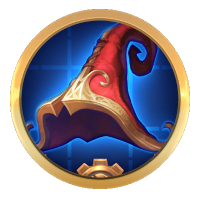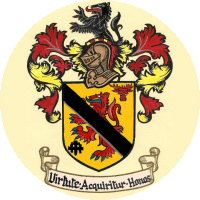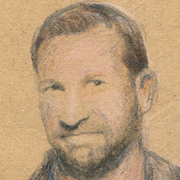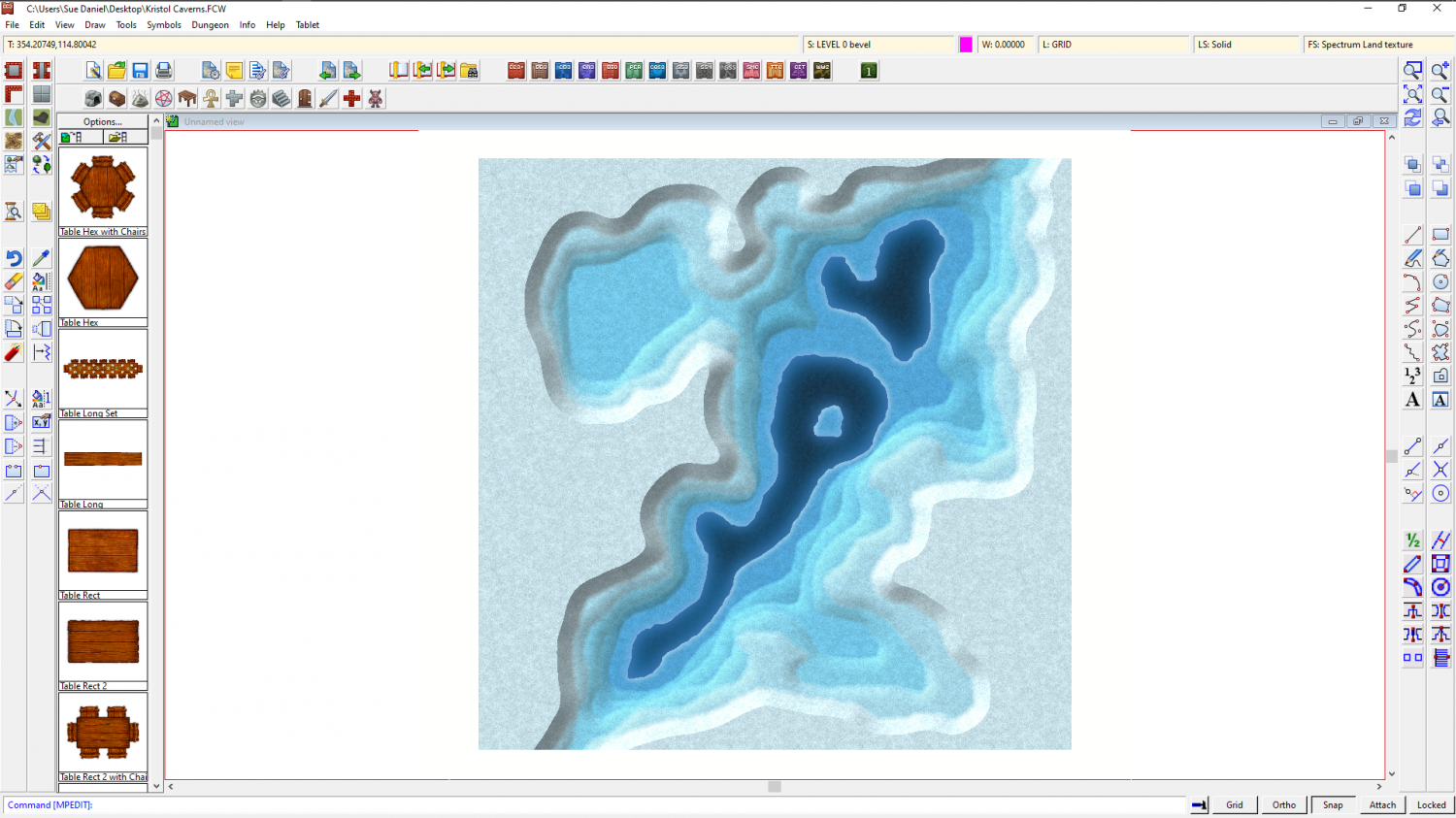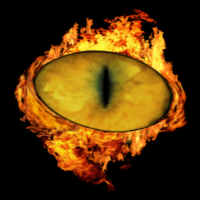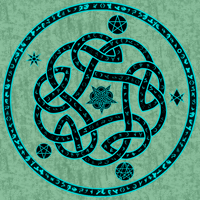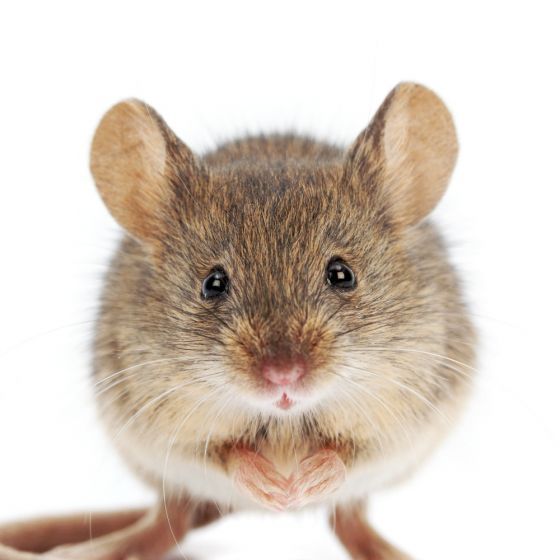
Loopysue
Loopysue
About
- Username
- Loopysue
- Joined
- Visits
- 10,122
- Last Active
- Roles
- Member, ProFantasy
- Points
- 9,982
- Birthday
- June 29, 1966
- Location
- Dorset, England, UK
- Real Name
- Sue Daniel (aka 'Mouse')
- Rank
- Cartographer
- Badges
- 27
-
Questions about converting into a png file
@Quenten You're welcome :)
It does relate to the thread more than you think, because it explains why AA shouldn't be used to export an image when you intend to remove the background in GIMP or PS. Using the colour picker to pick the background is complicated by the many different shades of variation around the edges as Remy pointed out above.
There is a way around it in GIMP, but it is a crude method and doesn't always work very well. I pick the background white with the selection colour picker, invert the selection, sharpen it, shrink it by 1 or maybe even 2 pixels, invert the selection again and then delete the background along with the fuzzy edge. It is much easier if the fuzzy edge created by AA doesn't exist in the first place.
-
Community Atlas competition: Kristol Caverns
-
Community Atlas competition: Kristol Caverns
Thanks Wyvern! :)
I might just have gone and spoiled that very woodcut look by introducing surface sheets above each one with an edge fade inner to hide those sharp edges.
I think that even though I started without any backstory one is evolving in my mind. I'm thinking about why there would be an ice cave so close to the Yellowstone-like area of the Kristol Springs. I guess it would have to be magic, if that is ok?
-
Community Atlas competition: Kristol Caverns
-
Community Atlas competition: Kristol Caverns




